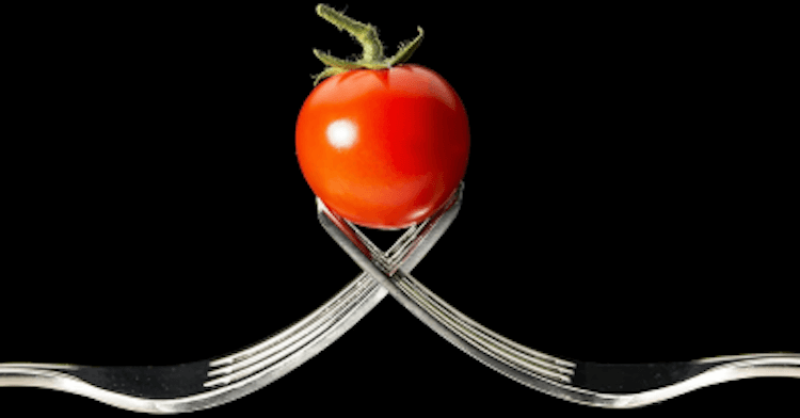When a plant senses an invading pathogen, it [can sacrifice] host cells to the pathogen. This is a tightly controlled process that involves the work of plant proteins to ensure that the sacrificial cells are only killed if the pathogen is attacking. This process, called the cell death response, ensures that only a few host cells die.
Tomatoes employ this method when they are invaded by a bacterial pathogen known as Pseudomonas syringae pv. tomato, which causes speck disease. Scientists understand how the tomato recognizes this pathogen and know many of the plant proteins that are involved in the signaling cascade, but until recently they did not know what linked these two processes ….
In a recent paper published in Molecular Plant-Microbe Interactions, scientists introduce a protein, called Mai1, that plays a role in this missing link. They found that when they muted the expression of Mai1, the plants could no longer defend themselves against pathogens through the cell death response. As a result, these plants were more susceptible to bacterial infection.
Read full, original article: Discovery of new protein in tomato explains long-standing plant immunity mystery































